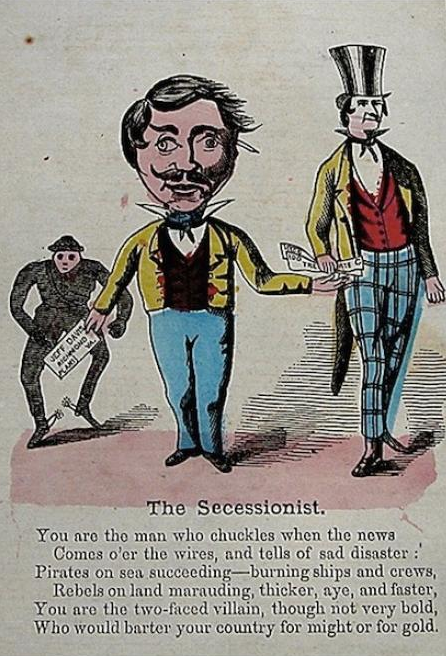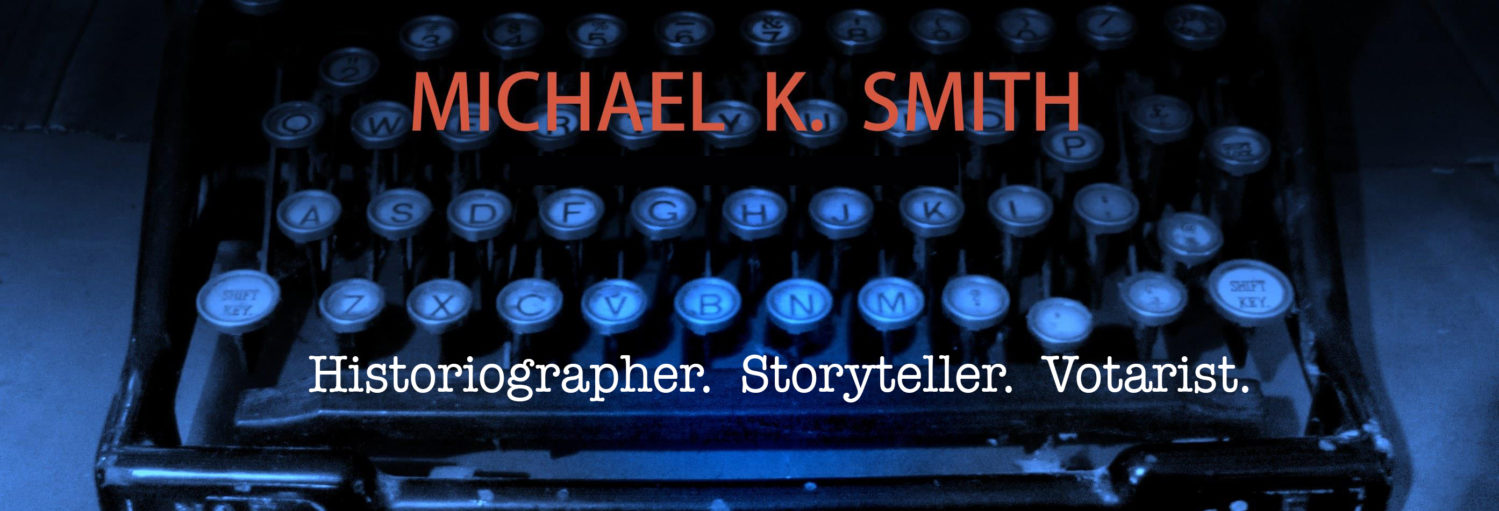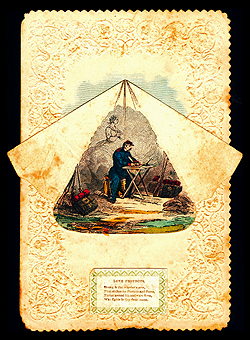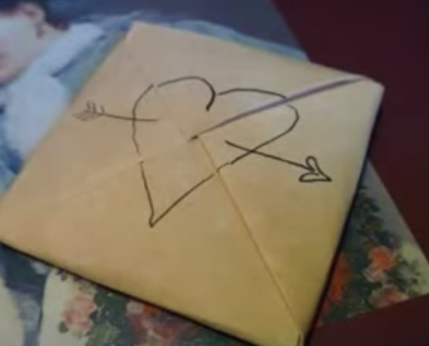The first valentines were sent in the early 1400s and by the time the Civil War rolled around, Valentine’s Day was a well-established holiday with the sending of homemade cards, love tokens, and poetry commonplace. For those with access to stores and a little extra cash, cards made by the New England Valentine Company could be easily purchased. Made by Ester A. Howland and her all-female assembly line and featuring bits of lace, ribbon, cutouts, pop ups, and shadow-boxes, each card could be customized with one of 131 verses.
Lacking easy access to nearby shops, Civil War soldiers were more inclined to make their own cards using supplies on hand. Some even went to far as to create origami-like puzzle purses which carried small tokens of affection or a lock of hair for their loved ones. Want to try your hand at a puzzle purse? This easy video DIY video tutorial is a great place to begin!
And for those not interested in professing their undying love on this most romantic of holidays? Enter the “vinegar valentine”. Viewed as socially acceptable opportunities to bash one’s enemies, vinegar valentines were often sent without signature, enabling the sender to speak without fear of recrimination. According to Slate.com’s The Vault, “Some historians argue that comic valentines—of which vinegar valentines were one type—made up half of all U.S. valentine sales in the middle of the 19th century.” Interestingly, some of the most vicious vinegar valentines were produced during the Civil War and expressed anger toward those serving in the Union Army.
 Special thanks to Slate.com, Collectors Weekly, American Civil War Voice and Victoriana.
Special thanks to Slate.com, Collectors Weekly, American Civil War Voice and Victoriana.
Happy Valentine’s Day to you and yours!



Leave a Reply